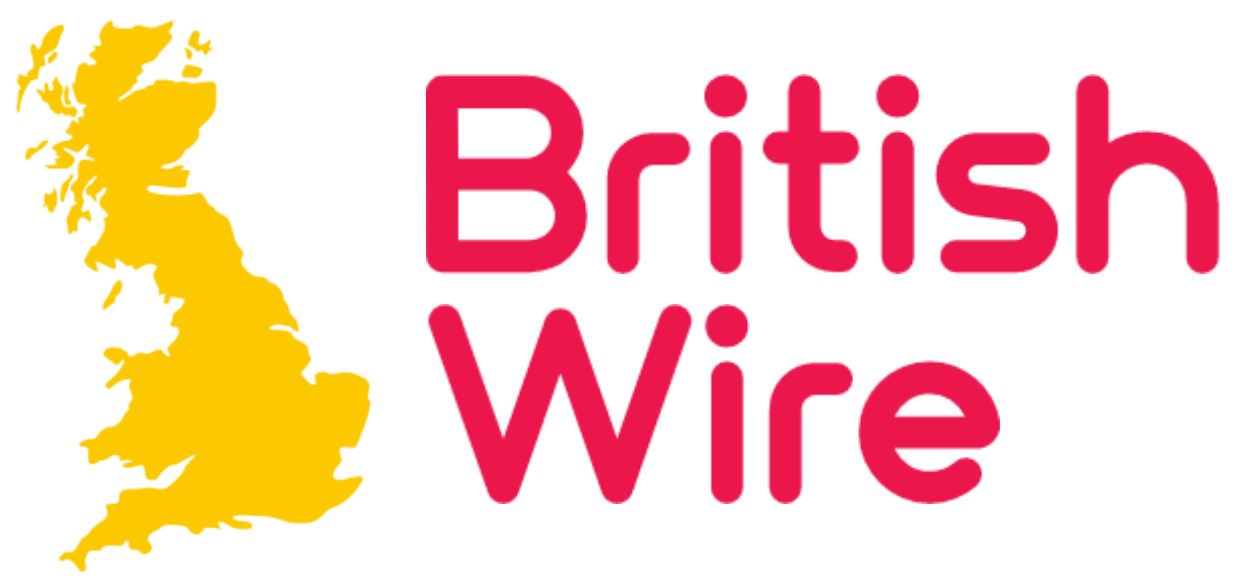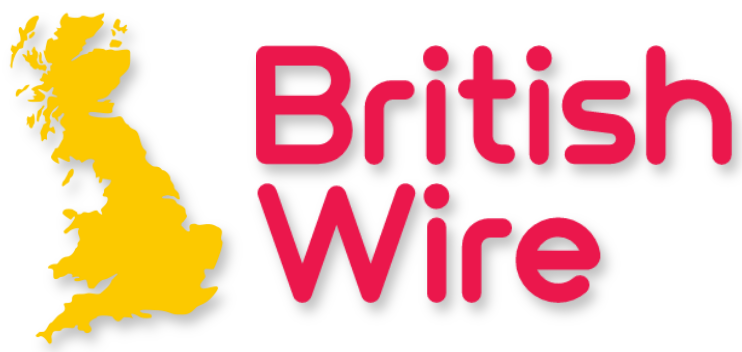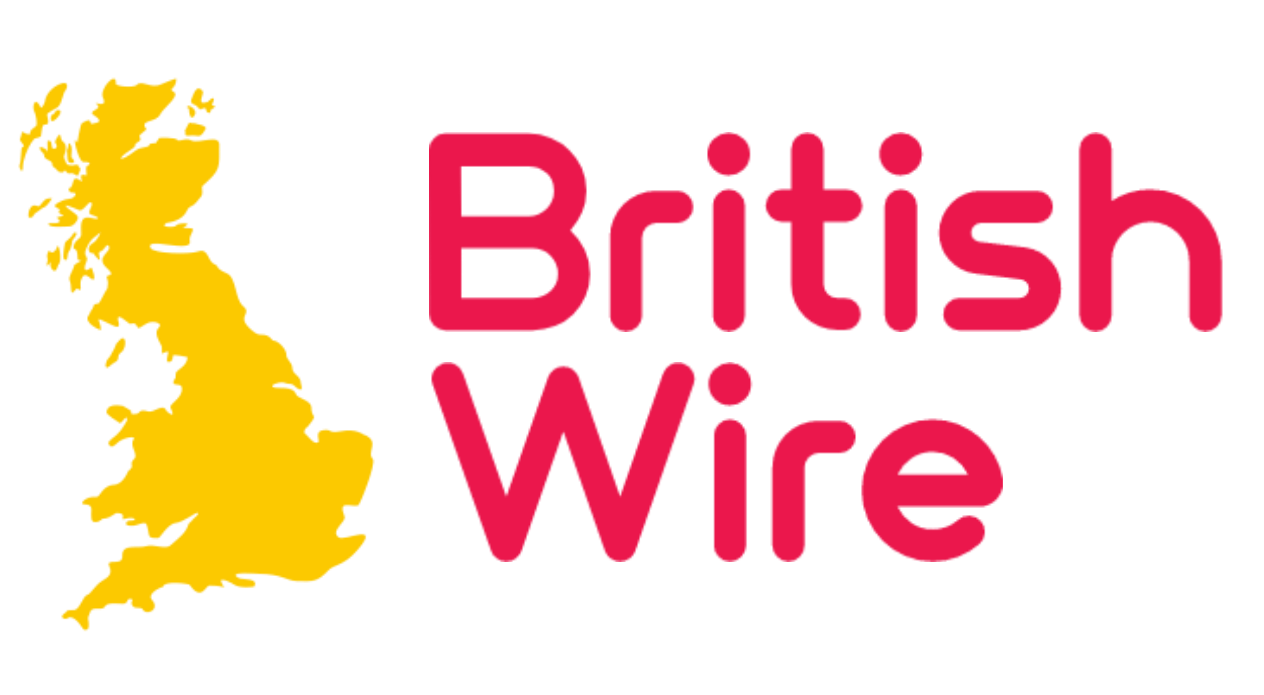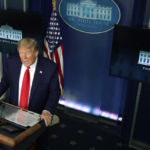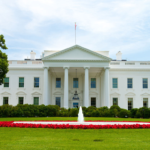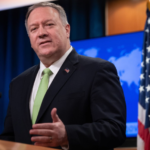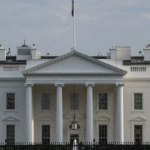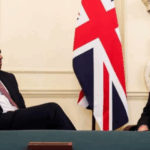Indian Prime Minister Narendra Modi’s first visit to the United States under President Donald Trump’s second term was a pragmatic and business-driven affair, reflecting the priorities of a working visit rather than the ceremonial grandeur of a state visit.
During their discussions, Trump announced that the U.S. would expand military sales to India starting in 2025, including the potential sale of F-35 fighter jets. Additionally, he revealed plans to increase oil and gas exports to India, aiming to narrow the trade deficit. Both leaders agreed to negotiate a trade deal and finalize a new defence framework, marking a significant step forward in bilateral relations.
The U.S. president also confirmed the approval of the extradition of Tahawwur Rana, a Chicago-based businessman accused of involvement in the 2008 Mumbai terror attacks, signaling enhanced cooperation on security matters.
Trade and Tariffs: India’s Strategic Moves
One of the key concerns for India ahead of the visit was Trump’s directive to implement reciprocal tariffs on trade partners, aiming to impose equivalent duties on countries that levy high import taxes on American goods. With India running a trade surplus with the U.S., the Indian government proactively reduced average tariffs from 13% to 11% in its federal budget to mitigate the risk of new trade barriers.
While some analysts believe India has avoided immediate tariff shocks, others remain cautious. Ajay Srivastava of the Global Trade Research Institute noted that 75% of U.S. exports to India face import taxes of less than 5%, making extreme tariff adjustments unlikely. However, trade expert Abhijit Das warned that Trump’s approach could extend beyond tariffs, incorporating value-added tax (VAT), non-tariff barriers, and regulatory measures that might challenge India’s domestic policies.
Aiming for $500 Billion in Trade
Modi and Trump set an ambitious target of doubling U.S.-India trade to $500 billion by 2030. The two sides committed to negotiating a phased trade agreement by autumn 2025, focusing on market access, tariff reductions, and supply chain integration.
While the specifics of the trade deal remain unclear, analysts speculate that it may not be a full-fledged free trade agreement but rather a framework addressing sector-specific tariff reductions. Economist Priyanka Kishore highlighted that India could capitalize on immediate opportunities, such as increasing U.S. oil imports amid sanctions on Russia’s shadow fleet.
Defence and Energy: Strengthening Ties
India’s defence trade with the U.S. has grown significantly, rising from near zero to $20 billion. Although Russia remains India’s largest arms supplier, its share has declined from 62% to 34% over the past six years as India diversifies its procurement sources.
Trump’s announcement of increased military equipment sales to India, including potential F-35 purchases, marks a deepening of strategic ties. However, defence analysts caution that bureaucratic hurdles and technology transfer restrictions could complicate these deals. Additionally, experts suggest India is unlikely to prioritize the F-35 due to its high maintenance costs and operational demands.
Modi Meets Musk Amid Tesla’s India Uncertainty
During his visit, Modi met with Tesla CEO Elon Musk to discuss artificial intelligence and emerging technologies. However, it remains unclear whether the discussions addressed Musk’s stalled Starlink launch in India or Tesla’s potential market entry. India has introduced incentives for electric vehicle manufacturers committing to local production, but Tesla has yet to confirm its investment plans.
A Rare Press Conference Appearance
In an unusual move, Modi joined Trump at a press conference, taking two questions on immigration and U.S. fraud charges against the Adani Group. Modi stated that India was prepared to take back verified illegal migrants but did not discuss the Adani case with Trump.
This marked only the third time in Modi’s nearly 11-year tenure that he answered direct questions at a press event, underscoring the significance of the visit.
Looking Ahead
While the visit resulted in major announcements on trade, defence, and energy cooperation, challenges remain. Trump’s tariff policies, regulatory hurdles, and pending trade negotiations will shape the trajectory of U.S.-India relations in the coming months. As both nations push forward with their economic and strategic objectives, their ability to navigate these complexities will determine the success of their partnership in the years ahead.
